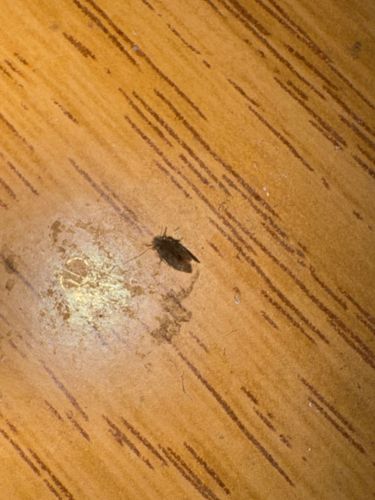Drain Fly
Scientific Name: Psychodidae
Order & Family: Diptera (True Flies), Psychodidae (Moth Flies or Drain Flies)
Size: 2-5 mm (adults)

Natural Habitat
Damp environments, often found in bathrooms, kitchens, and basements. They breed in gelatinous films that line drains, sewers, septic tanks, and other standing water sources with decaying organic matter.
Diet & Feeding
Adult drain flies do not feed significantly. Their larvae feed on decaying organic matter, bacteria, algae, and microscopic organisms found in the sludge and biofilm of their breeding sites.
Behavior Patterns
Adults are weak fliers and are often found resting on walls or surfaces near breeding sites. They are most active at night. Their life cycle typically involves eggs, larvae, pupae, and adults, completed in 1-3 weeks depending on conditions. The larvae are aquatic or semi-aquatic.
Risks & Benefits
Potential risks include being a nuisance pest. While not known to transmit diseases to humans, their presence can indicate plumbing problems or poor sanitation, and in large numbers, they can contribute to respiratory issues or allergies in sensitive individuals. They are generally not beneficial to humans, but in natural ecosystems, their larvae play a role in breaking down organic matter.
Identified on: 10/17/2025